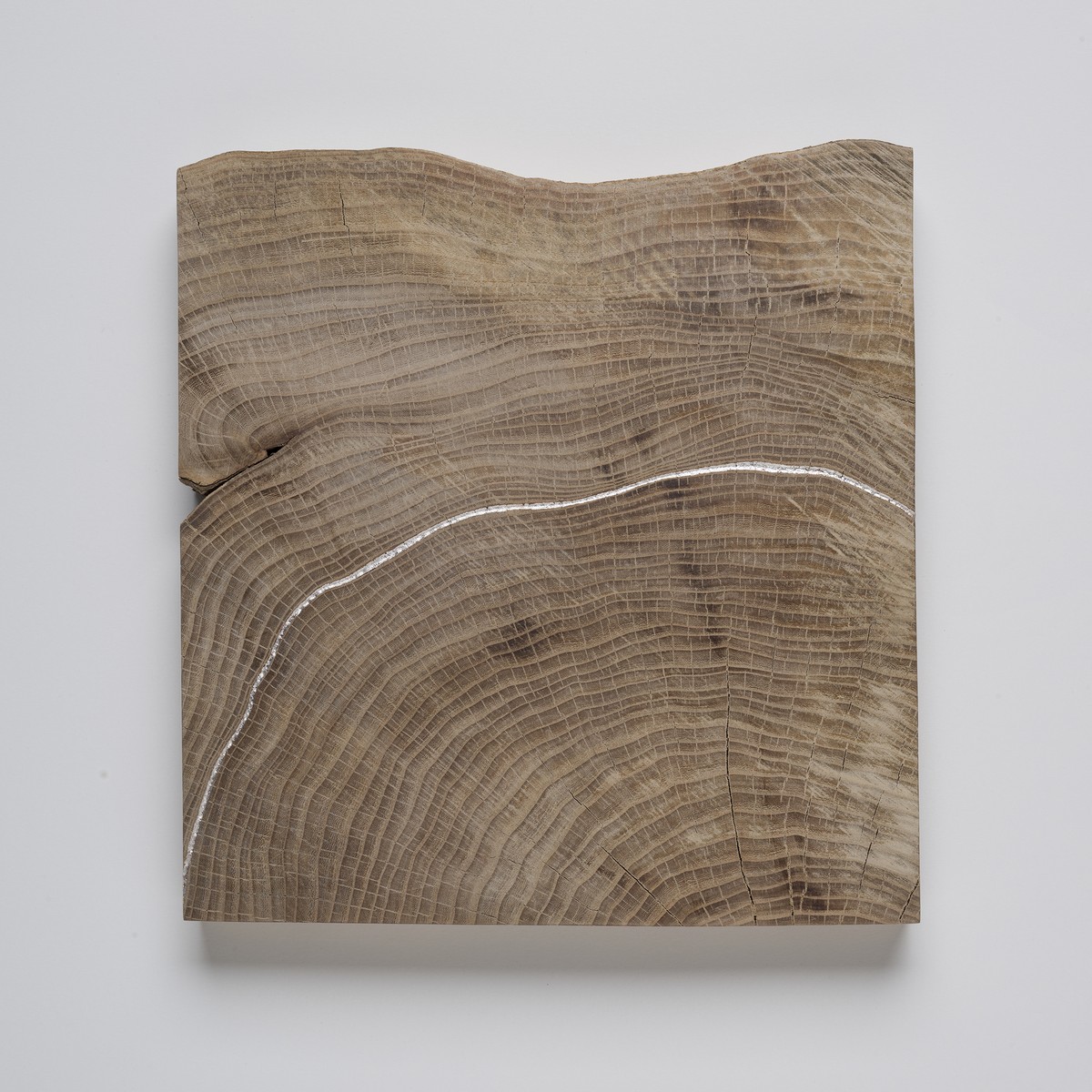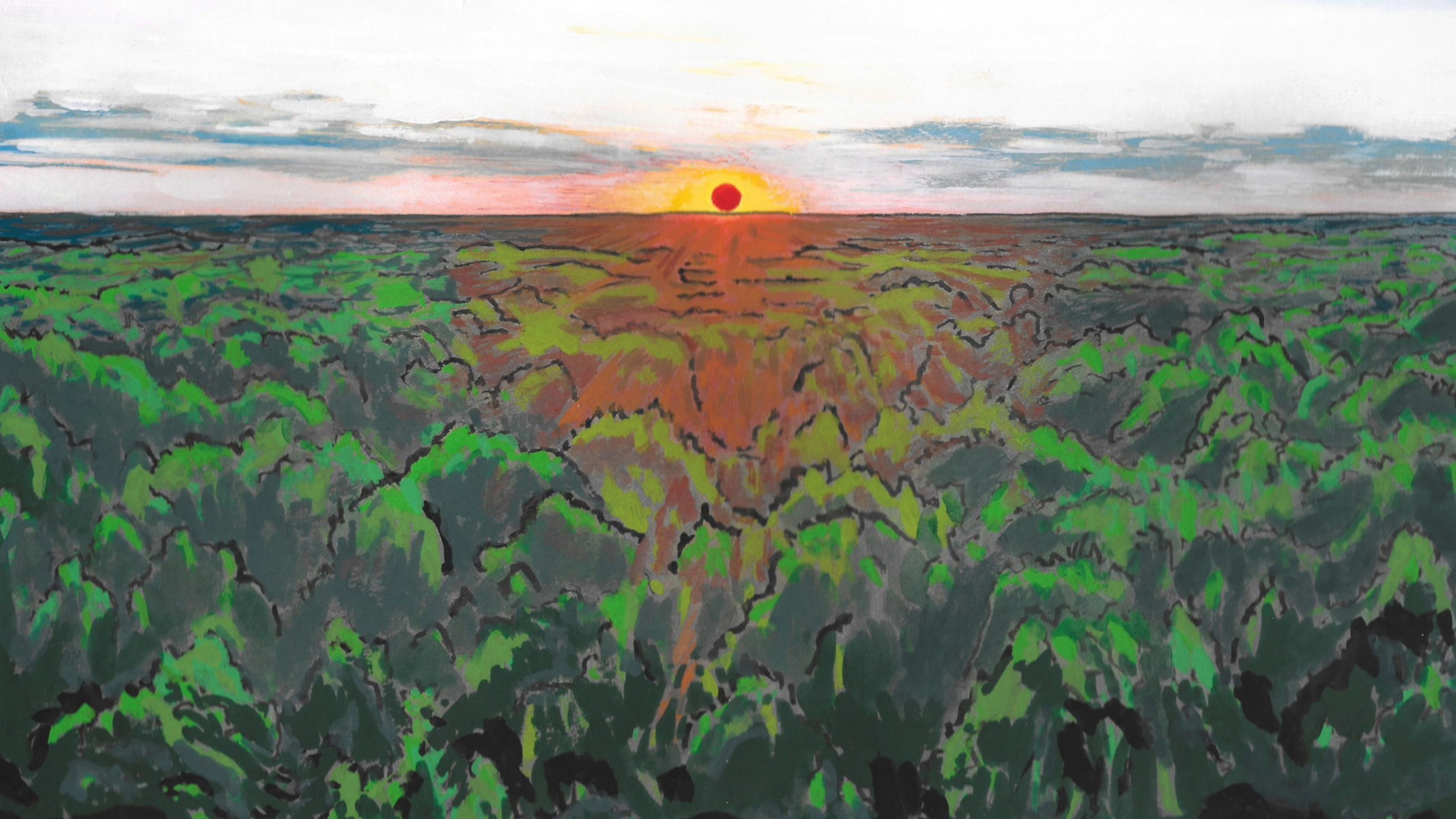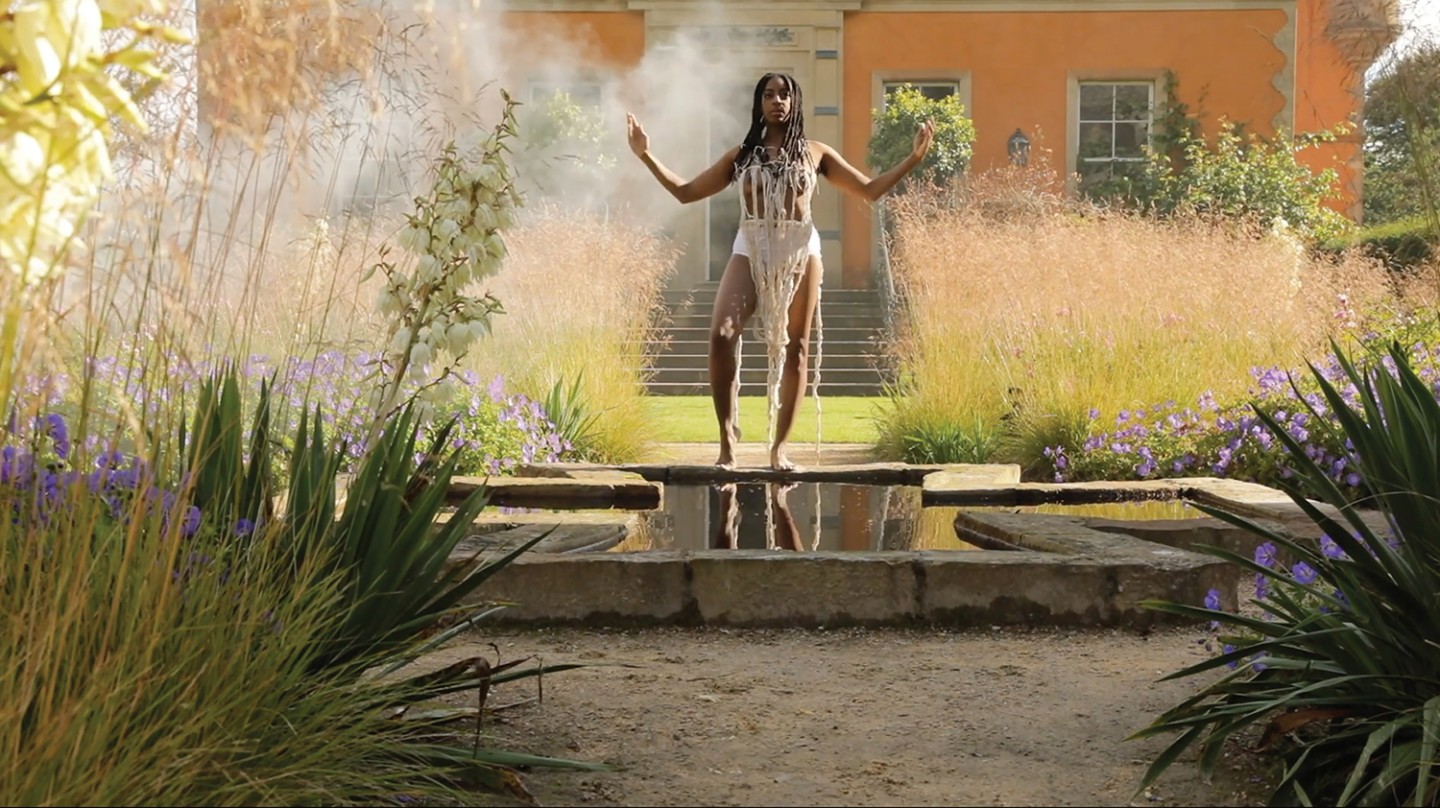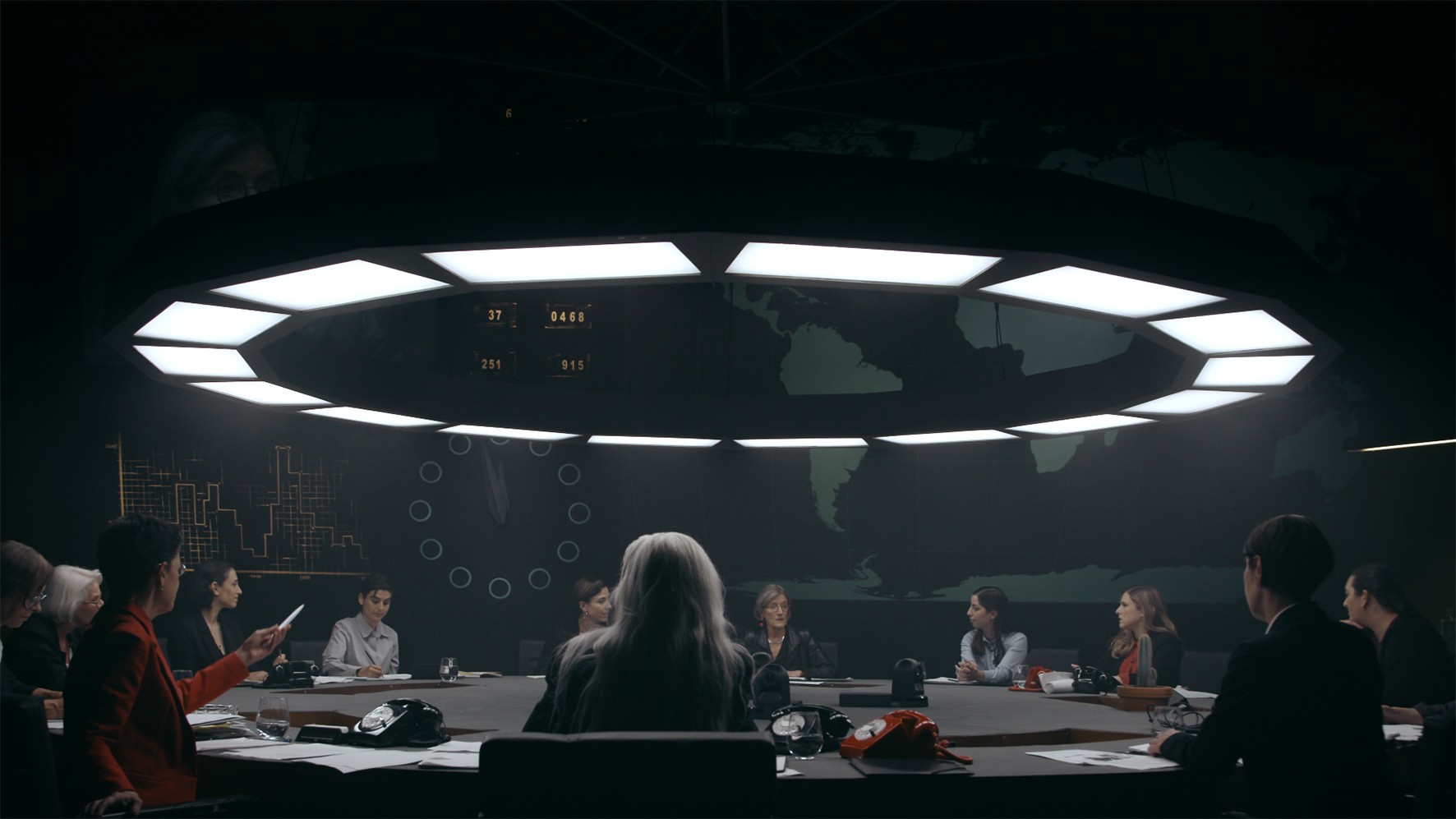PREVIEW: Twilight Land
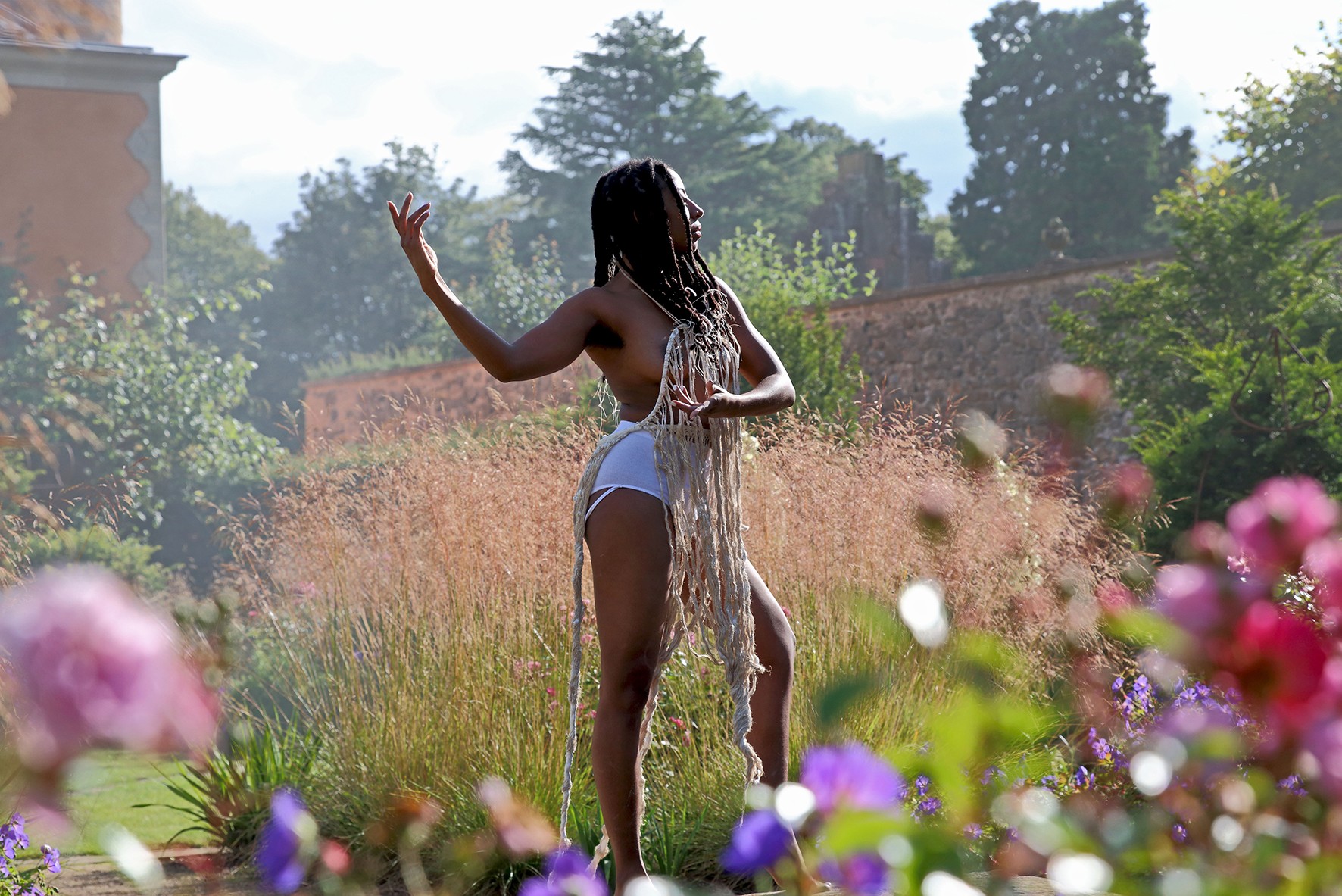 The group exhibition “Twilight Land “explores the feeling of standing on the threshold of the unknown. Of realising that our lives cannot continue in the same way – that things are in fact changing at a rapid pace – but not knowing what is to come. Feeling how the dominant story about life and the world is seriously skewed, and realising our dependence on a system that cannot last, while also experiencing how extremely difficult it is to think outside of this system and its story.
The group exhibition “Twilight Land “explores the feeling of standing on the threshold of the unknown. Of realising that our lives cannot continue in the same way – that things are in fact changing at a rapid pace – but not knowing what is to come. Feeling how the dominant story about life and the world is seriously skewed, and realising our dependence on a system that cannot last, while also experiencing how extremely difficult it is to think outside of this system and its story.
By Efi Michalarou
Photo: Moderna Museet Archive
Naturally, the combination of an ecological and a geopolitical crisis worries and frightens. And in addition, the steady rise of authoritarian parties and movements has resulted in warnings of a twilight of democracy. At the same time, in the midst of this darkness, vibrant transition movements are engaging people all over the world and pointing in the direction of positive paradigm shifts – towards more life-affirming ways of thinking and living. We may find ourselves in a liminal state of instability, but it also inspires dreams and ideas about other worlds. As an exhibition “Twilight Land” goes beyond documentary and verifiable facts, using art to try to give physical and visual expression to this state of liminality. In the different rooms of the exhibition, we can share our worries, think together and anticipate future worlds. Several of the artworks were created specifically for the exhibition and derive their nourishment from somewhere between destruction and creation, confusion and clarity, fear and hope. Twilight – the transition from day to night – might be associated with a fear of the approaching darkness, but also with creativity and fruitful encounters between fantasy and reality.
Isabelle Andriessen explores in her sculptures the gray area between them. Her sculptures contain elements that react to each other and their surroundings, so that her works are constantly in motion. Using electricity, cooling systems and chemical processes she causes her sculptures to ‘sweat’, leak, and crystallize, as though they were actors performing from a script. The surfaces may melt; they may sprout bilious green or sulphur-yellow crystals; sometimes dripping stones resembling stalactites appear over time, changing the shape in the course of the exhibition. This enables the sculptures to display autonomous behavior, over which the viewer – and even the artist – gradually loses control. Alberta Whittle is an artist, researcher and curator. She was chosen for the Margaret Tait Award for 2018/9, the Turner Prize 2020 bursary, the Henry Moore Foundation artist award 2020 and the Frieze Artist Award 2020. Her creative practice is motivated by the desire to manifest self-compassion and collective care as key methods in battling anti-blackness. Oscillating between cutting humour and sensitive poetics her work ranges across media and across continents. In 2022 she represented Scotland at the 59th Biennale di Venezia. Rose-Marie Huuva is a visual artist, duodji* artist and writer, and a prominent figure in her generation of Sámi interdisciplinary artists. She is a trained textile artist and works with sculpture, installation and objects, often made by organic materials like fur, stone and soil. Craftsmanship is essential in her artistic life – a knowledge she uses to challenge thousands of years old Sámi crafting techniques. Through experimentation and research on materials like reindeer fur, she has developed new methods to bring out unique expressions. As a Sámi artist, Huuva is a fierce advocate for her people’s rights. She is active politically and has among other things fought for the return of Sámi remains used in Swedish racial-biological research. Yael Bartana works in photography, film, video, sound, and installation to explore notions of identity in the context of nationhood, politics, and one’s homeland. Through a blurring of fiction and reality, Bartana’s films invert history in order to question the validity of collective memory and inspire imagined futures. Often referencing the rituals, symbols, and ceremonies of Israeli culture, her films present a visual dialogue on the human condition, underlining society’s potential to resist a politically driven collective identity. Through restrained drawings, Anna Ling explores our internal memories as well as our external relationship to nature and others. Employing both extremely personal as well as research-oriented approaches, Ling is methodical in her work and creation, with clarity of detail as one of her work’s main characteristics. She has recently approached a limestone quarry, in Limhamn, Malmö as the subject of her inspiration. By observing the limestone walls of the quarry as a compression of over sixty million years of time, she embodies these temporal shifts through the patience in which she creates her drawings, this rumination on time and ephemerality is her gift to her audiences.
Aernout Mik’s film installations create situations that chart the formation and transformation of group behavior. The artist draws parallels between structures like religious movements and our belief in the market economy to create spaces for the viewer to contemplate their position between malfunctioning systems. He represented the N Sandra Sandra Mujinga’s multidisciplinary practice is driven by a profound interest in the body – and its absence. In her uncanny installations, ghostly hooded figures, sculptures resembling flayed skins, and fantastical hybrid creatures are made instruments of observation. Taking inspiration from animal survival strategies such as camouflage and nocturnality, science fiction’s concept of “world-building,” posthumanist thought, and Afro-futurism, Mujinga proposes an imaginary world where cyborg existence does not necessarily signal a threat to autonomy; rather, hybridity functions as protection. etherlands in the Dutch Pavilion at the 52nd Venice Biennale, 2007. Thoughts about how fragile life is, and what remains when life ends, infuse Stina Siljing’s artistic oeuvre. Her paintings focus on cell structures, the building blocks of all life in plants, animals and humans. She also began making objects out of organic materials that bear the traces of vanished existences. In I Count to 27, the artist has counted the year rings in a piece of elm wood. She has carved out the twenty-seventh ring and made an inlay of silver leaf. The work belongs to a series she made to process her loss and grief after her son’s suicide. The wood piece has the same dimensions as the scarf he always wore, and which he had hung up carefully at home. Ingrid Ogenstedt is a Swedish born artist who works both with large sculptural projects and drawing. She studied at Umeå Art Academy, north of Sweden and under Prof. Ingo Vetter at the University of the Arts Bremen, Germany. She has created site-specific sculptures for the Luleå Biennale 2020 (SE), Wadden Tide, Blåvandshuk (DK) and Kjerrinøy Land Art Biennale (NO). She recently received a two-year-working grant from the Swedish Art Council and is part of Goldrausch Künstlerinnen 2021 in Berlin, where she is currently based. Ida Persson works with paintings that lie between simple abstract shapes and figuration, architecture and object. The paintings consist of simple forms that together create the illusion of an object. The objects are a fusion of machines and buidings with an undefined function. She works from small sketches in acrylics and sometimes models up to the actual paintings in which the structures have drawn closer to the architectual. I am interested in structures, physical and social, the possibilty to act independently and make free choices surrounded by architecture, norms and expectations. Jonas Staal is a visual artist whose work deals with the relation between art, propaganda, and democracy. He is the founder of the artistic and political organization “New World Summit” (2012–ongoing). Together with Florian Malzacher he co-directs the training camp “Training for the Future” (2018–ongoing), and together with human rights lawyer Jan Fermon he initiated the collective action lawsuit “Collectivize Facebook” (2020–ongoing). With writer and lawyer Radha D’Souza he founded the Court for Intergenerational Climate Crimes (2021–ongoing) and with Laure Prouvost he is co-administrator of the “Obscure Union.”
*Duodji is a traditional Sami handicraft, dating back to a time when the Sami were far more isolated from the outside world than they are today. Duodji tools, clothing and accessories are functional and useful, and may also incorporate artistic elements. Sami duodji artists are able to bring function and art together in a delicate way so as to create beautiful works of art in their own right. These functional items include knives, cases, ladies’ bags, wooden cups, certain articles of clothing, etc. Duodji items were made and meant to be used in an everyday work environment
Participating artists: Isabelle Andriessen, Alberta Whittle, Rose-Marie Huuva, Yael Bartana, Anna Ling, Aernout Mik, Sandra Mujinga, Stina Siljing, Ingrid Elsa Maria Ogenstedt, Ida Persson and Jonas Staal.
Photo: Alberta Whittle, RESET (still from video), 2020 Co-commissioned and c-produced by Frieze and Forma. Courtesy the artist and The Modern Institute/Toby Webster Ltd., Glasgow
Info: Curator: Joa Ljunggren, Moderna Museet, Ola Billgrens plats 2-4, Malmö, Sweden, Duration: 29/10/2022-9/4/2023, Days & Hours: Tue-Wed & Fri-Sun 11:00-17:00, Thu 11:00-19:00, www.modernamuseet.se/
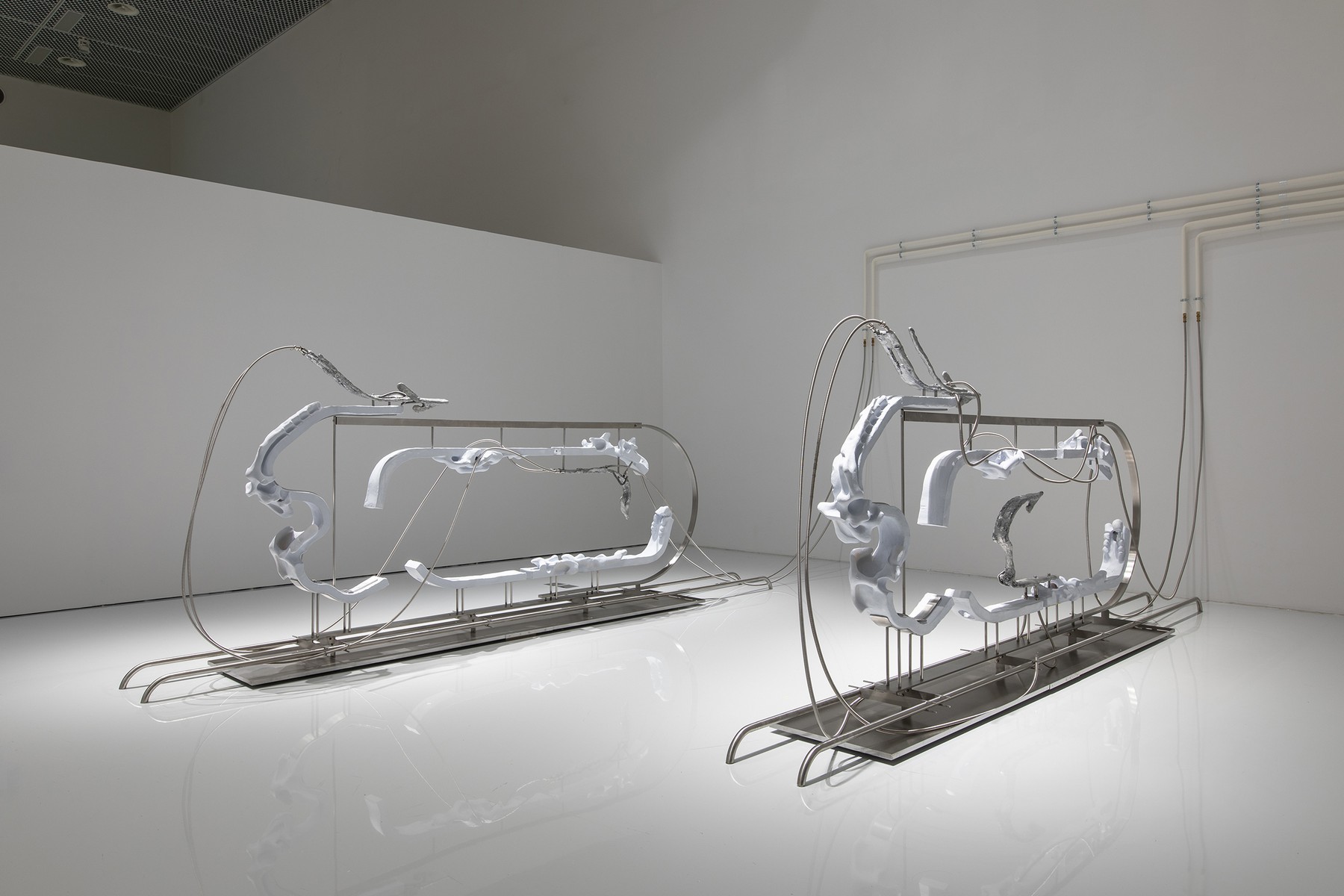
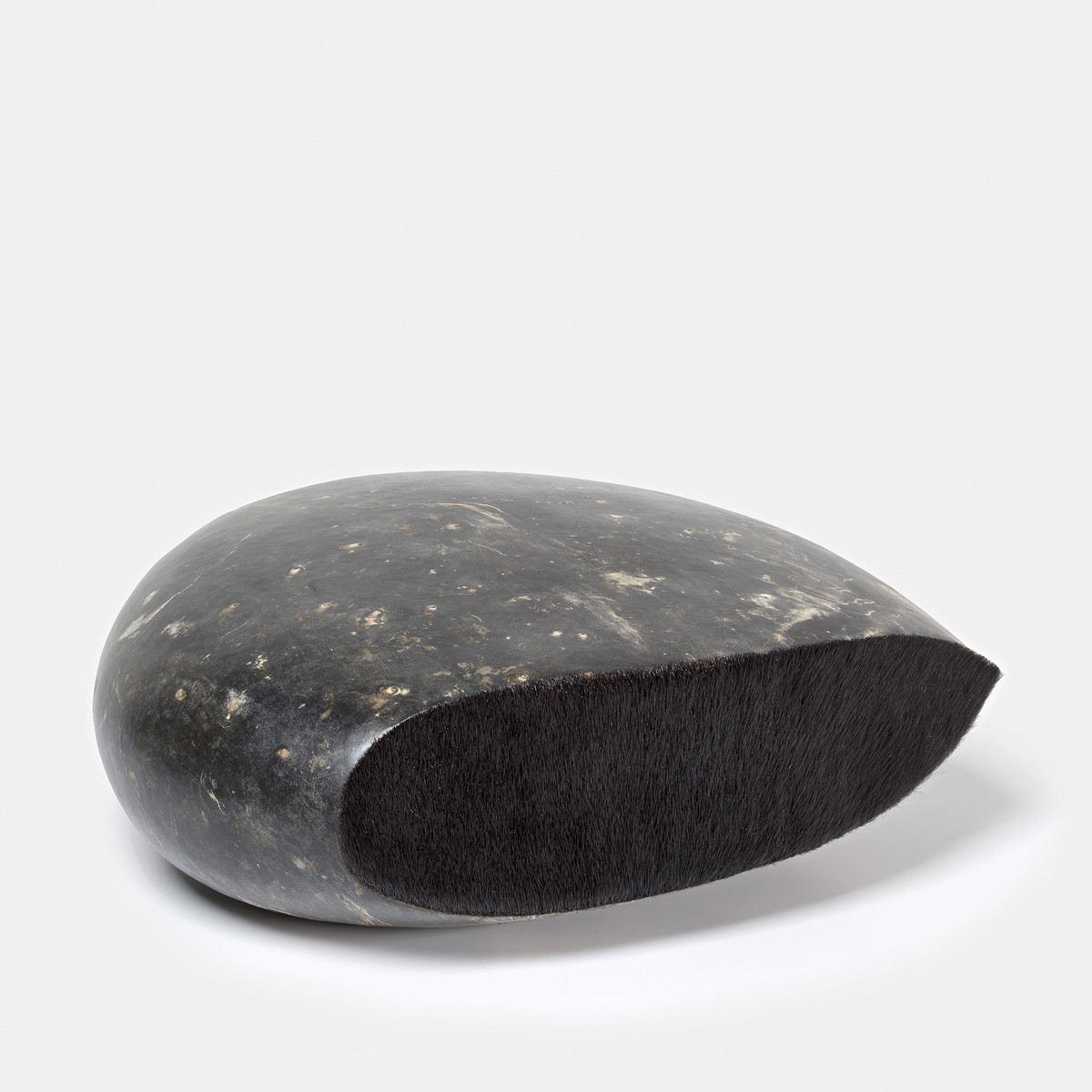
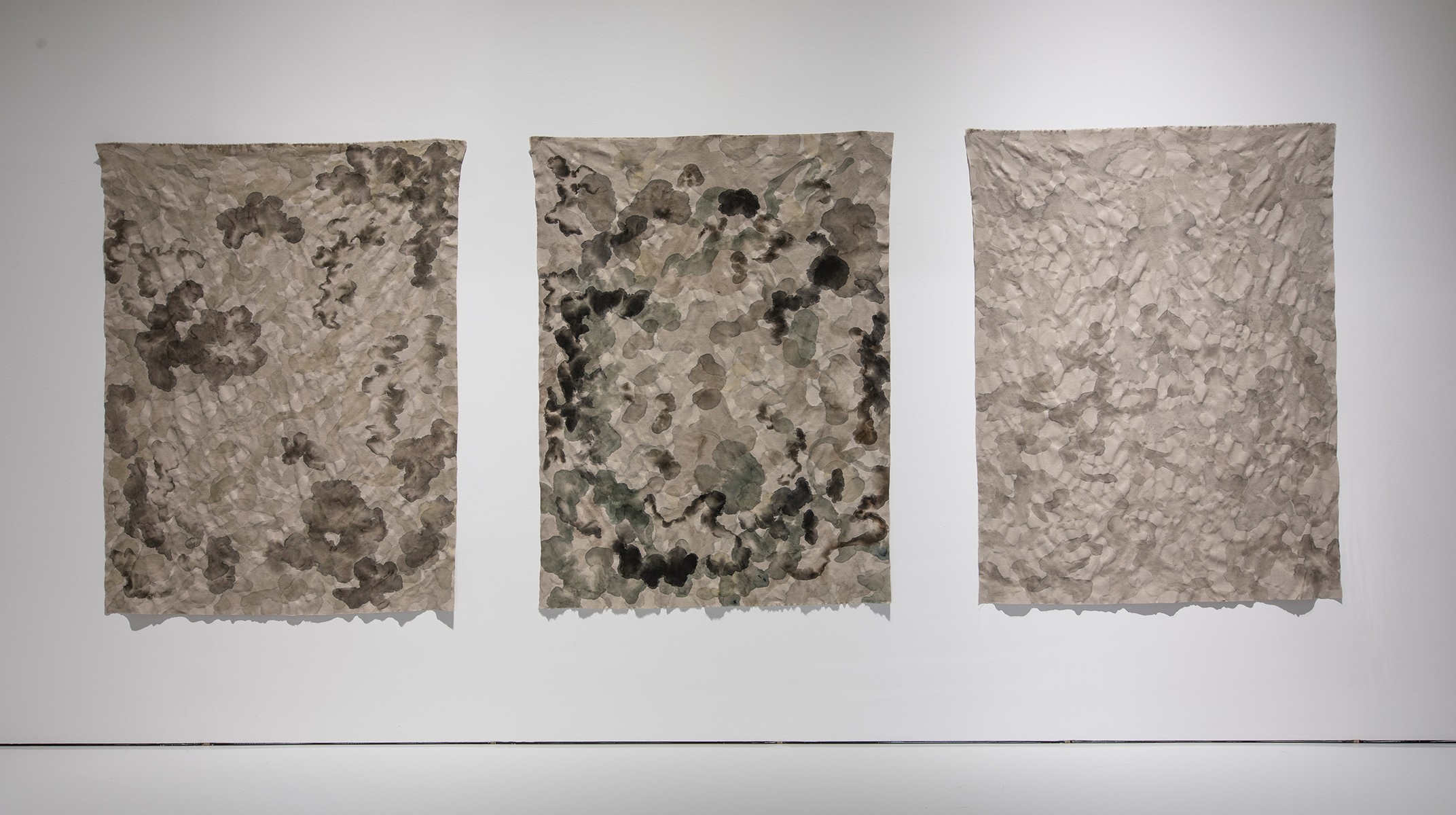
Center: Anna Ling, Zostera Marina (eelgrass) #2, 2021 Photo: Helene Toresdotter Bildupphovsrätt 2022
Right: Anna Ling, Zostera Marina (eelgrass) #3, 2021 Photo: Helene Toresdotter Bildupphovsrätt 2022
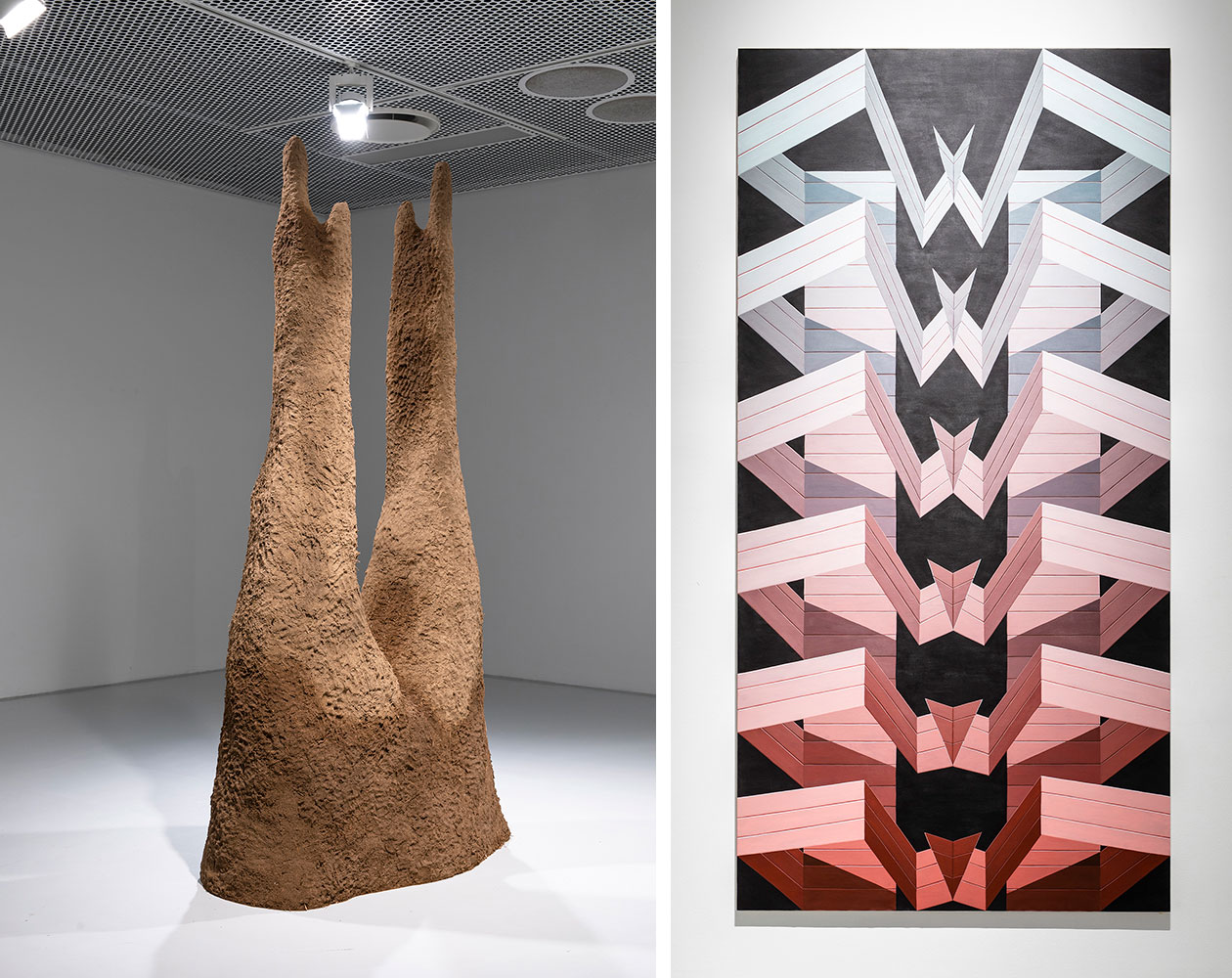
Right: Ida Persson, Anticipator, 2022 Photo: Helene Toresdotter Bildupphovsrätt 2022
